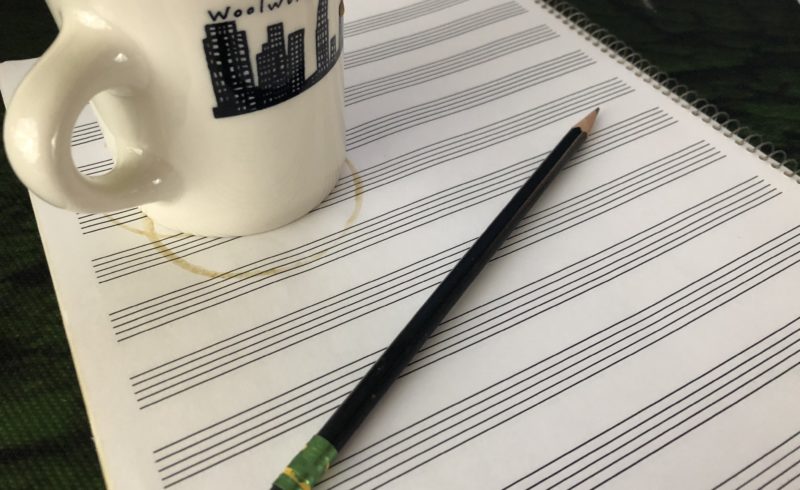
If there’s one thing that thirty years of “Law and Order” can teach us, it’s to consider motive along with the evidence when trying to establish someone committed wrongdoing. There’s the exception certainly — cryptomnesia — roughly when you remember something but mistake it for new thought. So, as a composer, you might compose something you think is your new masterpiece without realizing you’re channeling a memory.
Most of the time, though, copying to whatever extent or end is an overt act committed by a motivated creative who admires another work and wants to build upon it, or someone who needs the boost or, worst of all, is just lazy or dishonest. In music, if you copy too much, or the wrong thing, that might be infringement.
But motive in this sort of investigation needs to be better estimated by non-creatives, certain experts, and certainly by juries.
Now is a good time to inject this observation. This week, all eyes are on the “Let’s Get It On” vs. “Thinking Out Loud” trial, and Ed Sheeran is in court with a guitar trying to defend against the accusation, essentially, that he copied the chord progression from “Let’s Get It On.” Sheeran is so fed up with such claims that he has threatened he’ll be “done” as a songwriter if he’s found liable, and while I doubt him, I don’t blame him. Many words on Musicologize’s pages explain and explore the arguments in this case, and sometimes that has involved giving flawed analysis a charitable bit of oxygen. I’ve done more than enough of that. I’ve been mostly critical and opposed, but I’ve also defended the expert reports in this and the related Structured Asset Sales case waiting in the wings.
But I may be somewhat falling prey to what I imagine the plaintiffs hope the jury will — a tendency to spend undue time and focus on the in’s and out’s of a sideshow argument, giving it time and energy — and that’s fine to an extent, that’s what I do here. Still, you can lose sight of the overarching fact that this case is wrong. We shouldn’t be here. And we certainly shouldn’t be here, mid-second week, wondering if the jury has been overwhelmed and a screwy judgment is coming.
What would overwhelm the jury? In this case?
The courts in America are reliant upon faith in the wisdom of juries. That’s our system, for better or worse. But in this particular area, laypeople cannot be reasonably expected to understand the theory that governs and explains the music they enjoy. And forensically derived insight is reliant upon it.
Chief among the things a layperson does not accurately estimate, particularly when asked to assess the process of an Ed Sheeran, is how easily Ed Sheeran writes this whole song. And from that, how little thought needs to go into the employed chord progression. An Ed Sheeran-level songwriter merely has to think to himself, “That’s a nice color for this. Let’s do that.” And then they move to the next thing and the next, and then half the time scraps the whole thing and starts over, I’d estimate.
Ed Sheeran does not need to have “recognized the magic” of “Let’s Get It On” and “decided to capture a bit of that magic for his own benefit,” as plaintiff attorney Ben Crump put it.
It likely takes Sheeran hardly any thought to create the groove behind what will become a much more involved work, like “Thinking Out Loud.” A dozen just as suitable grooves were coming right behind that one in the creativity of an Ed Sheeran-level songwriter. This part of the song’s creation is like the foundation of the house’s north end; you, the homebuilder, are starting today. It might not be identical to the place you built yesterday, or it might be. You build foundations all the time. This is just one more. Now what will you do with the house you build upon it? Are the features that will be special about your house going to look like someone else’s? You might want to credit them for that when Home And Garden shows up. But they aren’t going to photograph your foundation.
It is irrelevant how good and important Marvin Gaye was. What’s relevant is that the chord progression to “Let’s Get It On,” taken by itself, which is what we’re talking about here, is not magic. It’s merely cool. And it should go ahead and be cool in a hundred other songs that won’t diminish Marvin Gaye in the least.